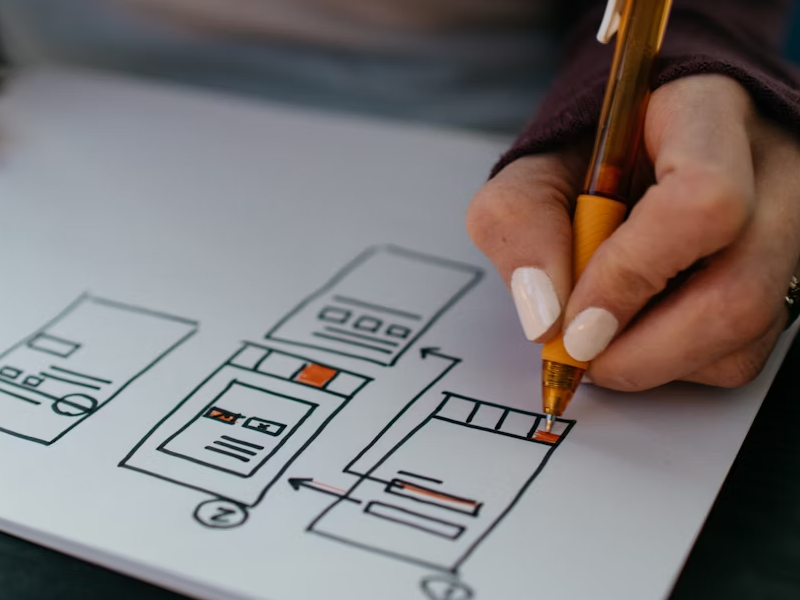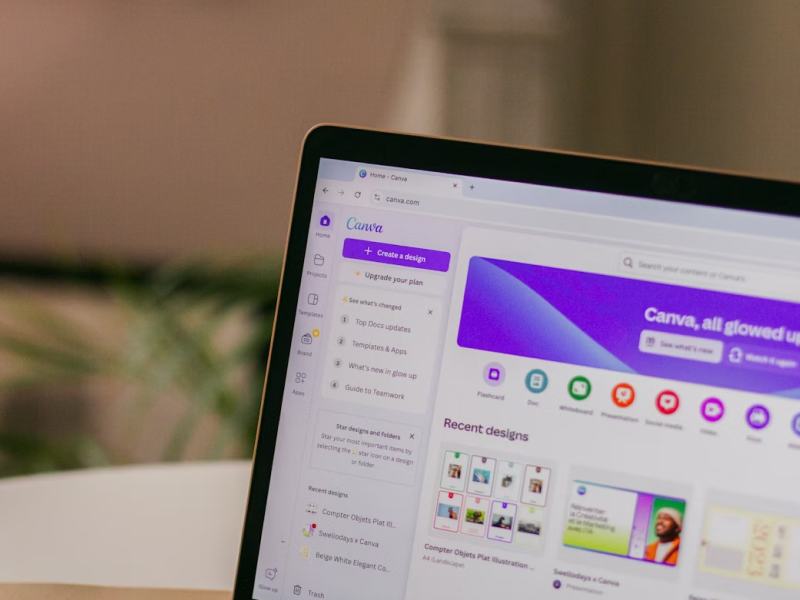When it comes to design, it’s the little things that make a big impact. Icons might be tiny, but they play a huge role in user experience. Whether you’re crafting an app icon, a flat icon set, or sleek UI icons for your next interface, mastering icon design is a must-have skill in every designer’s toolkit.
But how do you create icons that are both functional and aesthetically pleasing? Let’s break it down into 7 essential principles that every icon designer should follow. Trust me, these rules are iconic for a reason.
1. Clarity is Key
This might seem obvious, but it’s the bedrock of any good icon. Your icon's primary job is to convey its meaning instantly. If users have to pause, guess, or search for context, your UI icon isn't doing its job efficiently. Aim for immediate recognition.
Think about universally understood symbols like a house for "home" or a magnifying glass for "search." Keep the details to a minimum, focusing only on what's essential to communicate the core concept.
ProTip: Ask yourself, Would my grandma understand what this icon means? If the answer is yes, you’re golden.
2. Consistency is Everything
Imagine if every character in your favorite show suddenly changed their look between scenes. Confusing, right? The same goes for your icons.
A beautiful app icon set, and your entire design universe, thrives on consistency. We're talking uniform style, line thickness, corner roundness, and color palettes. When your design icons play nicely together, your interface feels slick, professional, and trustworthy.
40% OFF
Only this December
Upgrade to UI PRO version of Uinkits Systems to unlock 23.000 UI components.
Use the code "DEC40"
3. Alignment
Even the most minimalist UI icon benefits immensely from proper alignment and a strong underlying grid system. This ensures visual harmony and precision across your entire icon set.
Using a consistent grid helps you maintain correct spacing, achieve balance, and manage visual weight effectively. Think of it as providing a stable framework for your design; it results in a more organized and aesthetically pleasing outcome. Without it, icons can appear slightly off or inconsistent.
4. Brevity
Especially true for flat icon design, brevity (or simplicity) is a powerful tool. Trying to cram too much detail into a small space just creates visual noise, particularly when that icon is viewed at smaller sizes.
Focus on the absolutely most important elements that convey the meaning. Take a look at the icons of popular apps – many of them are incredibly simple, yet instantly recognizable worldwide.
By stripping away unnecessary elements, your icon becomes clearer and communicates its message much more effectively.
5. Consistency
Imagine navigating an app where every single icon looked different, with varying styles, line weights, or even color schemes. It would feel jarring and messy, right? Consistency across your app icon set – and really, your entire design system – builds trust and familiarity for your users.
This means sticking to a uniform aesthetic: similar line thickness, corner radius, perspective, and color palette. A cohesive set of design icons feels polished, professional, and guides your users seamlessly through your interface. It's about creating a unified visual language.
6. Personality
You absolutely want your app icon to stand out and reflect your brand's unique personality. But here’s the key: don't make it so abstract or niche that users can't figure out what it means. It’s a delicate balance between being distinctive and being universally understandable.
You can certainly leverage commonly recognized symbols and metaphors, but add your own unique twist to them. For example, a "settings" icon can still be a cogwheel, but you can give it a fresh, modern aesthetic that aligns with your brand's style.
This is where your creativity as an icon designer truly shines!
7. Ease of Use is the Ultimate Goal
Ultimately, the goal of any icon is ease of use. This means it's intuitive, instantly understandable, and contributes to a smooth user experience. An icon should reduce cognitive load, not add to it. Test your icons with actual users. Do they understand them intuitively?
Be genuinely open to constructive criticism, and don't hesitate to go back to the drawing board to make improvements. Even the most seasoned icon designer knows the immense value of fresh perspectives and a willingness to continually refine their work for optimal usability.
So there you have it! By applying these 7 principles, you'll be well on your way to designing icons that are not just visually appealing, but also incredibly effective and intuitive for anyone who interacts with them.
Go out there and start crafting some truly impactful digital experiences!
uinkits – Our Figma Design System and UI Kits
We at uinkits understand the importance of great user experiences and creating amazing UI designs. That’s why we’ve developed a Figma UI Kit with design components that include these essential UI elements that enable you to design intuitive and user-friendly interfaces effortlessly.
“You press the button, we do the rest.” – Kodak.
Inspired by this iconic tagline from Kodak, we believe in simplifying the design process for you. Our Figma UI Kit, uinkits, is a complete design system with UI components that allows you, as a UI UX designer, to create your products as quickly as pressing a button.
Our design system includes UI components, icons, variables, cards, buttons and everything you need for your design process. All you have to do is take your UI design component needed, and you’re ready to use it in your designs!
By
Cristi Fonea
•
June 27, 2025







